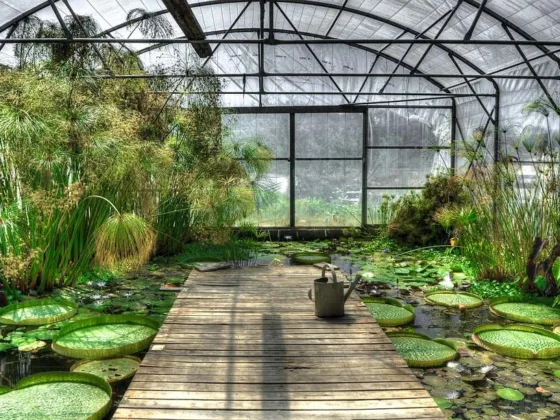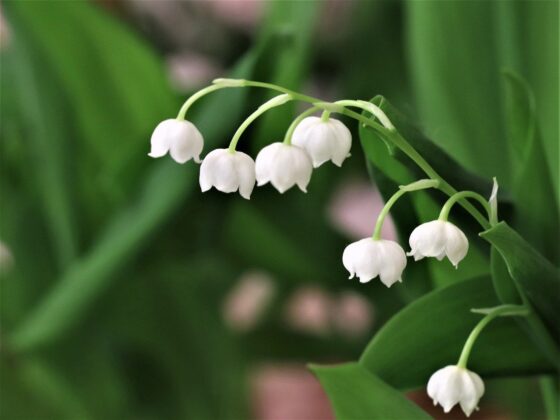Table of Contents Show
Hi plant lovers. So, you’ve decided to go on the exciting journey of gardening and indoor plant care. But you’re not quite sure where to start. No worries! It doesn’t matter if you have a green thumb or are a complete novice.
Growing plants inside can be a rewarding and fulfilling experience. In this guide, I’ll walk you through the basics of indoor gardening. And offer tips and tricks to help you nurture your green companions to thrive. So let’s get started.
Pick the Right Indoor Plants
Here I want to talk about the very first step. As a beginner, you’ll want to start with low-maintenance options. Because they are easy and adaptable to indoor conditions. Here are some excellent choices:
Snake Plant (Sansevieria): These hardy plants can tolerate low light and irregular watering, making them perfect for beginners.
Spider Plant (Chlorophytum comosum): Spider plants are known for their air-purifying qualities and are relatively easy to care for.
Peace Lily (Spathiphyllum): These elegant plants thrive in low light and will even let you know when they need water by dropping their leaves.
Pothos (Epipremnum aureum): Pothos vines are known for their resilience and can thrive in various light conditions.
Succulents and Cacti: These require minimal maintenance and are perfect for small indoor spaces.
Understand Light Requirements for Indoor Plant Care
Light is the lifeblood of plants. Different plants have varying light requirements, so it’s essential to understand your plant’s needs:
Low Light: If you have limited natural light in your space, opt for plants like snake plants, peace lilies, or ZZ plants that can thrive in low light conditions.
Medium Light: Most indoor plants do well with indirect or filtered sunlight. Place them near a window but out of direct sunlight to prevent scorching.
Bright Light: Some plants, like succulents and cacti, require bright, direct sunlight. Make sure they get at least 6 hours of sunlight per day.
Choose the Right Containers for Indoor Plants
Selecting the right containers for your indoor plants is crucial. Here are a few things to consider:
Drainage: Ensure your pots have drainage holes at the bottom. This helps prevent overwatering and root rot.
Size: Choose a pot that allows for some room for the plant to grow, but is not too large, as this can lead to overwatering and slower growth.
Material: Terracotta pots are popular for their breathability, but plastic and ceramic pots work well too. Choose a pot that suits your plant’s moisture needs.
Saucers: Place saucers or trays under your pots to catch extra water and protect your surfaces.
The Art of Watering
Overwatering is one of the most common mistakes in indoor gardening. To avoid it, follow these guidelines:
Check Soil Moisture: Stick your finger about an inch into the soil. If it feels dry, it’s time to water; if it’s still moist, hold off for a bit.
Watering Frequency: Watering frequency varies with the type of plant, humidity, and light conditions. Research your specific plant’s needs.
Watering Technique: Water your plants thoroughly but ensure the extra water can drain from the pot. Empty the sauce
Use Room Temperature Water: Avoid using cold or hot water; room temperature water is best.
Fertilizing Basics
Indoor plants need nutrients to thrive. Here’s what you need to know about fertilizing:
Choose the Right Fertilizer: Look for a balanced, water-soluble fertilizer designed for indoor plants.
Frequency: During the growing season (usually spring and summer), feed your plants every 4-6 weeks. Reduce or stop fertilizing in the winter when plant growth slows.
Dilution: Follow the instructions on the fertilizer package for proper dilution. Over-fertilizing can harm your plants.
Regular Maintenance
Lastly, regular maintenance is the key to successful indoor gardening:
Pruning: Trim dead or yellowing leaves to encourage new growth and maintain your plant’s appearance.
Repotting: As your plant grows, it may outgrow its pot. Repot it into a slightly larger container when you notice its growth slowing down or roots emerging from the drainage holes.
Dusting: Indoor plants can accumulate dust on their leaves, which can hinder their ability to photosynthesize. Gently wipe the leaves of plants with a damp cloth to keep them clean.
Monitor Your Plants: Pay attention to your plants. They can’t speak, but they can communicate their needs through their appearance. Wilting leaves, yellowing, or browning are signs that something might be amiss.
Lastly,
Indoor gardening can be an incredibly rewarding and therapeutic hobby. With the right plant choices and proper care, you can turn your living space into a green oasis. For more specific and in-depth guidance, consider exploring Garden’s Whisper. Remember that every plant is unique.
You’ll learn more about their individual needs as you go along. So, don’t be discouraged by the occasional setback. It’s all part of the journey to become a successful indoor gardener. Happy planting!










